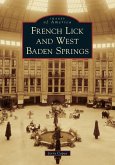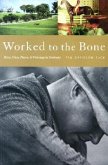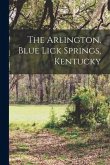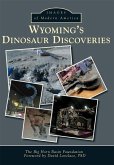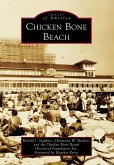Willard Rouse Jillson's Big Bone Lick is a descriptive history of the Big Bone Lick site in Boone County, Kentucky, twenty miles south of Cincinnati, Ohio. The area included a salt lick which attracted prehistoric animals, and later humans, for its necessary salt and minerals. Its swampy grounds trapped hundreds of animals, creating a fossil record that, millennia later, would reveal to scientists for the first time evidence of extinct species. These included mastodons, mammoths, sabre-toothed cats, ground sloths, and other Pleistocene and later species. Its proximity to the Ohio River led to early discovery by European explorers in the middle of the 18th century. By the late 19th century, the site had been plundered repeatedly, though new excavation methods would reveal thousands of new fossils into the late 20th century. Jillson's Big Bone Lick, originally published in 1936, was one of the first books to marshal together and synthesize the earliest scientific and historical records of Big Bone Lick. Its extensive bibliography remains today an essential resource for scholars of the subject.
Hinweis: Dieser Artikel kann nur an eine deutsche Lieferadresse ausgeliefert werden.
Hinweis: Dieser Artikel kann nur an eine deutsche Lieferadresse ausgeliefert werden.

